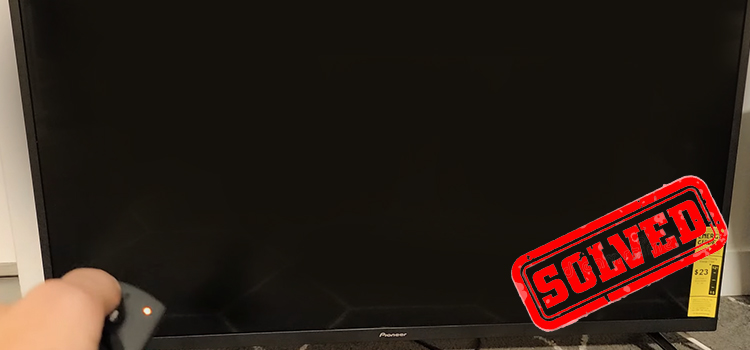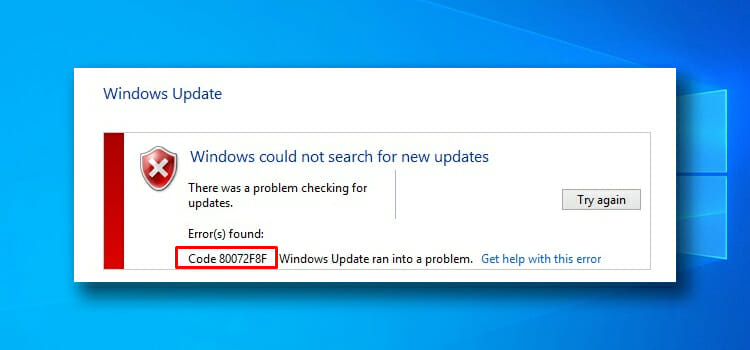How to Measure Micro Amps with A Multimeter | A Complete Guide
The electrical current runs through the electronic component to make the electrical device work for which the device is made. The base unit to measure the electrical current is the Amp; which is the short form of Ampere.
When working with an electronic circuit, it is mandatory to check whether the electronic current runs through the circuit or not to find out the problem with the device. For this, you need a multimeter to check the ampere.
As the multimeter shows different types of amperage due to its similarity with the voltage, users often get confused when it comes to measuring the micro amp. If you are facing the same, this guide is just for you.
Let’s check this guide by the end to know how to measure microamps with a multimeter.

The Basics Guide to a Multimeter
There are two types of amps settings on the multimeter – DC amps(A⎓) and AC amps (A〜).
If you are checking any device that uses direct current or battery as the source of the current, then you need to set DC amps on your multimeter and if the device uses alternative current or wall outlet as the source of current, then you need to set AC amps on the multimeter.
There are two-ampere subunits available on the multimeter to measure the ampere – mA (milliamp) and µA (microamps). mA = 1/1000 of an ampere and µA = 1/1000000 of an ampere.
As you want to measure the micro amp, you need to set the multimeter at µA.
There are two probes on your multimeter –
- The black probe to check the negative wire.
- The red probe to check the positive wire.
Take Safety Precautions
- Don’t touch the wires with bare hands. Always wear gloves or protection.
- Be aware of water or bare wires. Carelessness leads to electric shocks.
- You can use alligator clips to hold the wires of the circuit and free up your hands.
How to Measure Micro Amps with A Multimeter
Measuring microamps with a multimeter is quite an easy process. You just need to adjust the DC or AC amps settings first. Then set “µA” and connect the positive and negative probes to the circuit wires. You will find the result on the display on the meter.
Follow the detailed guide below to learn how to measure microamps with a multimeter:
1. Setting up a Multimeter
(A〜) is the sign of AC and A⎓ is the sign of DC. You need to select AC or DC amps according to the circuit you are testing using your multimeter first.
Insert the black probe (-ve) into the COM port of your multimeter and insert the red probe (+ve) into the microamps port.
Caution: Do not test a circuit that is higher than the multimeter range while using the microamps. If the current is higher than an amp, use the amps port instead of using the microamps port.
2. Connect the Multimeter to the Circuit
As the multimeter works as a part of the circuit, the current should enter into the red probe and leave through the black probe.
Connect the red (positive) probe of the multimeter to the positive or live wire of the circuit and the black (negative) probe to the negative or ground wire.
First, you need to turn off the circuit and then connect the multimeter to it.
3. Check the Multimeter Reading
You have to hold both probs in place for a couple of minutes to get a reading on your multimeter. As you’re using microamps, you will get the precise amp reading. The outcome will show up on the display on your multimeter as digits.
Frequently Asked Questions (FAQs)
What Is the Symbol for Micro Amps on A Multimeter?
The micro amp is the one-thousandth of the milliamp and one-millionth of an amp. The symbol for Micro Amps on a multimeter is μA. If you want to measure a circuit in a micro amp, then you need to insert the negative probe into the microamp port.
How Do I Measure Milli Amps with A Multimeter?
To measure the milliamps with a multimeter, you need to choose the mA as the output of the device. Plug the black probe or the positive probe into the mA port on the multimeter while the red probe or the negative probe into the COM port. Now if the multimeter shows the output as 3 decimal points, then the reading is in mili amps.
What Do the Symbols Mean on My Multimeter?
Here is what the symbols mean on the multimeter:
- V = Voltage shows as volts (V).
- I = Current shows as amps (A).
- R = Resistance shows as ohms (Ω).
How Many Zeros Are in A Micro Amp?
The microamp is the one-millionth of an amp. The result will show in 6 decimals. For example, if the result is 5 microamps, then it will show 0.000005 on the screen.
What Does U Mean in Multimeter?
The symbols used in the multimeter are the letter of the Greek alphabet. The symbol – Ω refers to the ohm which indicates the resistance in the circuit. The symbol µA refers to the microampere in the multimeter. The mA refers to the milliampere in the multimeter.
Conclusion
A multimeter is very easy to use even for beginners. You can see the result from 1 to 10 in the multimeter if the multimeter is set to amps. To measure micro amps, you need to set up your multimeter differently. All the process of setting up the multimeter with detailed instructions is given above in this article and we hope you can now measure the reading in micro amps after following this guide. Follow the safety precaution before testing your circuit.
Subscribe to our newsletter
& plug into
the world of technology





